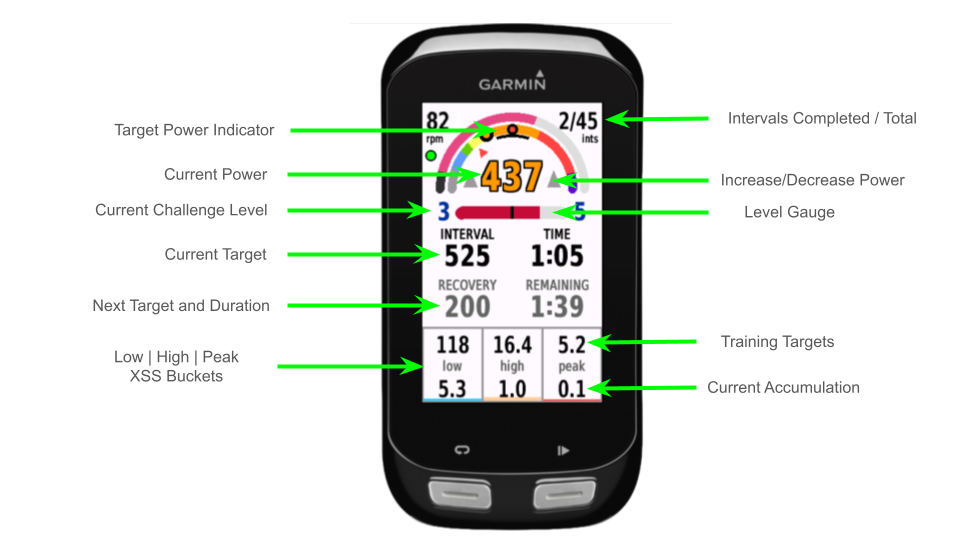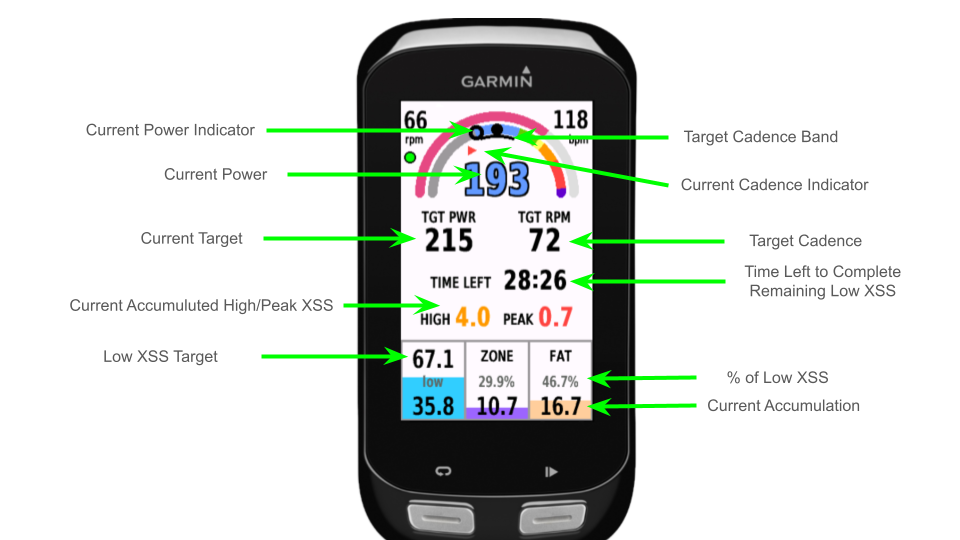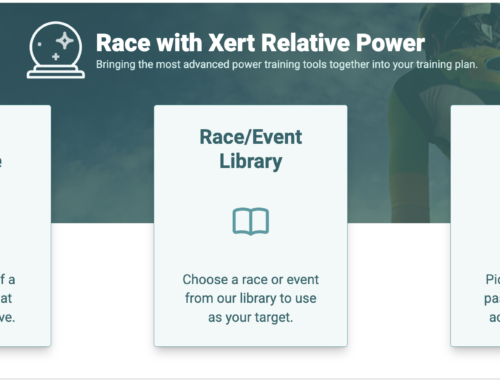Have you ever asked yourself any of these questions when it comes to doing workouts:
- Why am I doing this particular workout?
- Why do I need to do these intensities and these durations?
- Am I hitting the workout interval targets sufficiently well and if not do I stop or keep going?
- What is about these specific interval targets anyway and how precise do I need to be?
- Could I do something a bit different that I would prefer and get the same benefit?
- Can I get the same benefit by just riding or racing? Workouts can be a drag.
You’re not the only one. Pretty much every athlete will ask themselves these questions at various points in their training. Wouldn’t it be great to have all these questions answered?
Answer These Questions with Xert Strain Scores, Forecast AI and XSS Buckets
After many new innovations in training, including capabilities like Smart Workouts with dynamic intervals (first and only platform ever to do this), and diving deep into understanding the process of training and improvement, we developed Xert Strain Score and more recently Forecast AI and XSS Buckets. XSS Buckets allows you to train for improvement, without the need of doing structured workouts. With Forecast AI, athletes not only could understand what the workouts did but also why the were doing the workouts as part of their training plan.
But one question lingered:
How do I fill these buckets without following a workout?
Answering this question is key since without an answer, athletes are left to use trial-and-error to do their training and may often consume valuable training time unnecessarily. Some structure and guidance would be very useful.
Introducing Magic Buckets
Magic Buckets brings a new dimension to training and workouts that has never existed previously – interval targets and durations are calculated on-the-fly for each athlete at each moment.
Re-read that last statement a few times and let it sink in. Magic Buckets essentially recommends and builds a workout as you ride, adjusting the workout to you. Now with Magic Buckets, all you have to do is follow the guidance it provides.
Magic Buckets operates in two separate modes depending on whether your daily training goal is a high-intensity training session or a low-intensity / endurance training session. We’ll describe these two different modes as:
- Magic Intervals
- Magic Endurance
Watch this video where Scott will walk you through how to use Xert Magic Buckets for your training. This demo will show you how to seamlessly integrate Magic Buckets into your routine without rigid workout plans. It’s a great way to adapt your training and optimize your results with the flexible guidance that Magic Buckets provides.

Magic Intervals
Magic interval workouts are a unique experience like you’ve never experienced before. Your target interval power is calculated for you based on what you’ve done so far and what you need to do to complete the training. Your recovery / rest-in-between power targets are also calculated as well as their durations. Calculating the power and the duration for your recovery is important since this helps ensure you achieve your training goal for the workout and ensures you’re recovered enough to do the intervals. That’s part of the magic the method uses.
What do I need to do?
Simple. You warm up and start filling your low bucket. When you’re ready, hold the high-intensity interval power for as long as you wish to fill your high and peak buckets. Once you back off from that, the recovery/rest interval is computed – both target power and duration and you continue to fill your low bucket. Follow that and repeat. Once your high and peak buckets are full, you can ride easy and fill the remaining low bucket while you cooldown. Done.
Challenge Levels
To make Magic Buckets more engaging and to motivate athletes to go a bit deeper and get more out of their available training time, we’ve introduced the concept of Challenge Levels. Challenge Level is a value between 0 and 10 that represents how much fatigue *at the interval power* you’ve reached. The deeper you go, the higher the Challenge Level you reach.
Reaching higher Challenge Levels is great motivation but the other added benefit is that you get to complete the workout sooner. This means that athletes with time crunched schedules can do more training in less time by focusing on doing their training at higher Challenge Levels. Here’s an example of how long a given workout would take at different Challenge Levels. We use a typical 5×5 VO2 interval workout as a benchmark:
| Challenge Level Workout |
Low | High | Peak XSS | Number of Intervals | Interval Duration | Estimated Difficulty | Estimated Duration |
|---|---|---|---|---|---|
| 1 | 105 | 9.3 | 0.5 | 37 | 53s | 69 | 01:35 |
| 2 | 105 | 9.3 | 0.5 | 33 | 53s | 88 | 01:11 |
| 3 | 105 | 9.3 | 0.5 | 29 | 53s | 103 | 00:56 |
| 4 | 105 | 9.3 | 0.5 | 24 | 53s | 118 | 00:45 |
| 5 | 105 | 9.3 | 0.5 | 21 | 53s | 123 | 00:44 |
| Standard 5×5 Workout | 105 | 9.3 | 0.5 | 5 | 300s | 108 | 01:09 |
Magic Intervals User Interface
Key things to know when doing Magic Intervals:
- It takes 5 seconds for the gauge to switch from one interval type to another. When you start your high intensity interval, hold it for 5 seconds for the INTERVAL state to show. Similarly, after completing your interval, hold the recovery power for 5 seconds to see the gauge switch to the RECOVERY interval.
- Once your recovery is complete, you can continue to recover and collect more low intensity XSS or can start a new interval to stay at the same Challenge Level.
- Recovery intervals are calculated to give you the precise recovery and low intensity strain and maintain your current Challenge Level (Challenge Level on the left of the bar). If you sustain the RECOVERY power for the RECOVERY duration, you’ll start the next INTERVAL at the start of the Challenge Level.
- Let Challenge Level be a workout objective. The higher the level, the more efficient each second of the workout becomes.
- Reaching higher challenge levels requires you to sustain the target interval power longer.
- Stop or start high intensity or recovery intervals at any time. You don’t need to be precise to complete your training since this will continuously adjust for you. However, the less training that remains, the more precise you’ll need to become to finish the targets without spending unnecessary training time.
- Start your intervals at any time. Because things continuously adjust, you can do the intervals at anytime during a ride. For example, you could start your magic intervals after a competitive group ride to finish off your training. You’ll likely notice that the target interval power will change over the course of the riding you do beforehand. This is because Magic Buckets is continuously recalculating what you’ll need to do to complete the remainder of your training based on what you’ve done so far.
- It’s ok to be a bit off target or stop/start at random times if you need to / would like to. It will recalculate what you need to do to complete the remainder of the training.
- Use the integrated cadence optimizer. Your cadence is shown as a triangle on the gauge. Aim the triangle along the thin bar to have your cadence within a range that is suitable to your usual cadence pattern.
Magic Endurance
For those days when you need to ride easy and avoid high intensity so that you can recover sufficiently, Magic Buckets will run in Endurance mode, where your buckets fill if you can maintain discipline in avoiding high intensity.
Magic Endurance has different buckets as compared to Magic Intervals:
- Low Intensity XSS – This is the main bucket that needs to be filled to complete the required training. You can fill this bucket simply by riding.
- Zone XSS – This bucket shows you how much XSS you’ve accumulated in the ideal zone. You should aim to keep this number the same as the Low Intensity XSS number.
- Fat XSS – This bucket shows you how much of the XSS you’ve accumulated as *fat* XSS. This is an additional piece of information for those that are looking to focus on improving their fat contribution to their training. This number is always less than your Low Intensity XSS since there are always fat and carbs being utilized during exercise.
Magic Endurance User Interface
Installing Magic Buckets – 4 Easy Steps
| Step | Description | Instructions/Screenshot |
|---|---|---|
|
1
|
Download and install the data field from the Garmin App Store on your Garmin device | Link to Garmin Data Field:
https://apps.garmin.com/apps/e8c1828f-0b0d-461d-82ba-033d7ea7c7d3 |
| 2 | Add it to a full-screen (single data field) page of your preferred Activity Profile on your Garmin device | Instructions:
https://support.garmin.com/en-US/?faq=gTIEqA7g6h9md50pQsDpl6 |
| 3 | Start your recording and move to your Magic Buckets page. Then immediately Save the recording. If you you have Garmin Health/Connect sync set up on Xert, you’ll see the registration notification. If you don’t have Garmin Heathl/Connect set up, upload the FIT file to Xert to complete the registration process. | 
You’ll get an empty recording in Xert that can be removed. You’ll also receive a notification that your Garmin has been registered. |
| 4 | Send or upload the FIT file recorded to Xert. (Be sure the activity is processed before proceeding to the next step.) |
There are two ways to get your FIT file from Garmin into Xert:
|
| 5 | Start a new recording. Xert will automatically send your workout targets to the data field. | 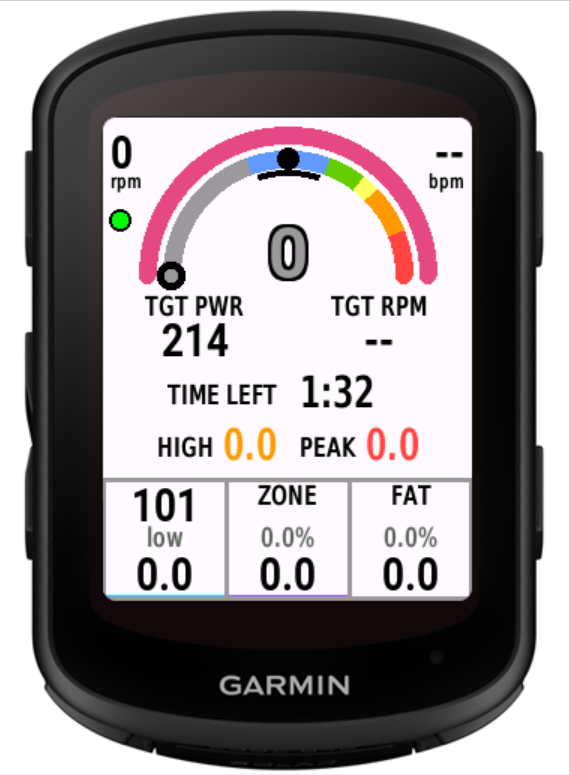 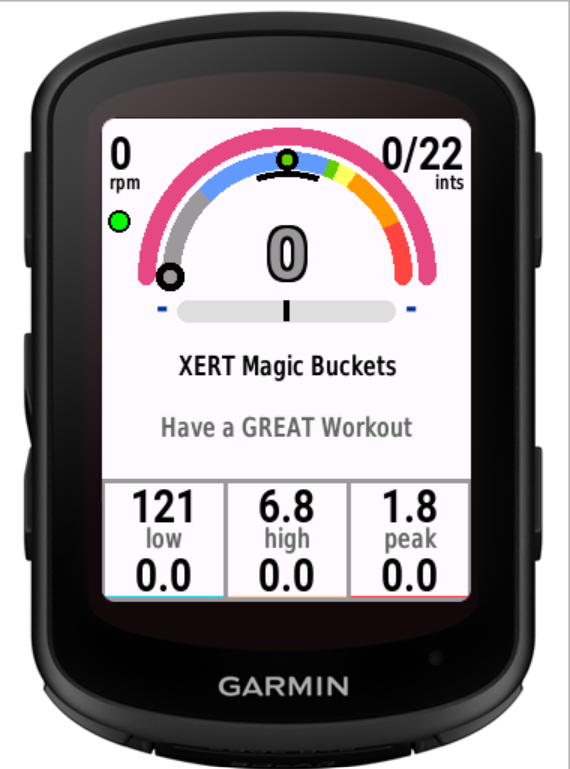 |
Frequently Asked Questions
Q: What happens if I need to stop early or if I do too much?
A: No worries! Magic Buckets is just one part of your overall training being managed by Xert, whether you are following a Forecast AI plan or taking advice from the Adaptive Training Advisor. Anything you miss or overdo will be incorporated into your future training requirements.
Q: Can I use Magic Buckets with non-cycling activities?
A: Currently, Magic Buickets is optimized for cycling only but will adapt in any activity that aligns with Xert’s system of tracking fitness across Low, High, and Peak energy systems.
Q: What devices support Magic Buckets?
A: At the moment, only newer model Garmin Edge devices are supported. See the Garmin App Store page for a list of devices.
Q: When will Magic Buckets come out on my device?
A: Over time, we will plan to bring Magic Buckets to Xert EBC for Android and iOS as well as other devices that have support for open programming interfaces.

